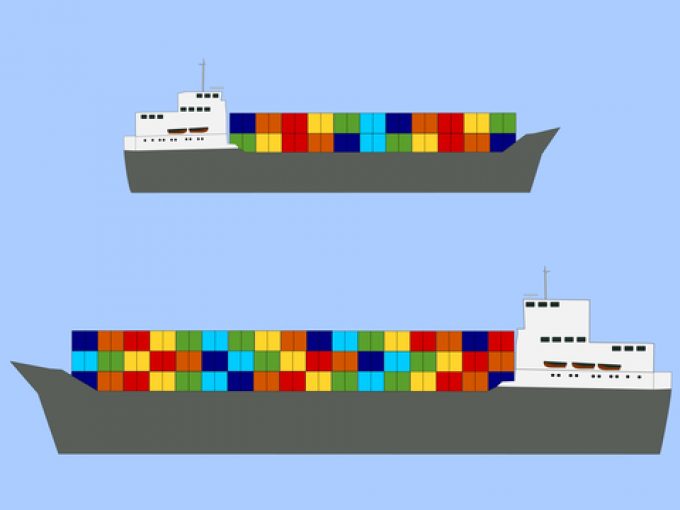Shipping lines are sub-letting tonnage to profit from firm charter market
Charter rates continue to defy the freight market, with HMM sub-letting a chartered vessel to ...

Containership owners are playing hard ball with liner operators desperate to plug holes in their networks as a result of the Red Sea crisis, demanding increased daily hire rates and insisting on longer charter periods.
However, ocean carriers risk committing to charter parties well beyond the ...

Comment on this article